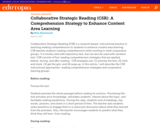
This is a resource for teachers to teach students reading strategies for the textbook.
- Subject:
- Business and Communication
- Communication
- Material Type:
- Homework/Assignment
- Author:
- Rola Abuhasnah
- Date Added:
- 07/02/2021

This is a resource for teachers to teach students reading strategies for the textbook.
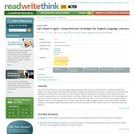
Help Spanish-speaking English-language learners unlock the mysteries of their new language by using a bilingual book to recognize unfamiliar words and construct meaning from the text.

In this video you will learn about the differences between in-text citations and oral citations. In addition, we will cover the four criteria of citing sources orally. Please watch the Citing Sources Orally video (2 min. 36 sec.) below. Closed captions in English are available. Recorded with Adobe Spark. Citing Sources Orally

This was my inquiry-based project that focused on forming arguments and gathering appropriate sources on the topic of banned/challenged books. This lesson plan includes the driving question, grabber, and culminating activity for assessment.
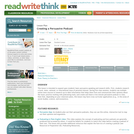
Students learn how to get their voice out on the web when they research issues important to them and compose a persuasive podcast to post online.
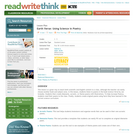
Students shape up their reading, writing, and listening skills in this lesson by creating original diamante, acrostic, and shape poems about science.
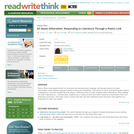
Studied students stupefy! Students learn about alliteration by listening to an alliterative read-aloud and apply the knowledge they gain to the creation of their own poem and illustration.
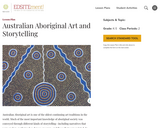
Australian Aboriginal art is one of the oldest continuing art traditions in the world. Much of the most important knowledge of aboriginal society was conveyed through different kinds of storytelling—including narratives that were spoken, performed as dances or songs, and those that were painted. In this lesson students will learn about the Aboriginal storytelling tradition through the spoken word and through visual culture. They will have the opportunity to hear stories of the Dreamtime told by the Aboriginal people, as well as to investigate Aboriginal storytelling in contemporary dot paintings.
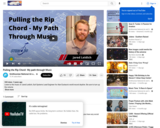
Listen to the music of Jared Leidich, Suit Systems Lead Engineer for Alan Eustace's world record skydive. Be sure to turn up the volume.
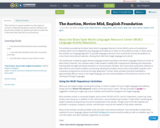
This activity is to expose students to other types of currency of Spanish speaking countries. Students will practice the numbers in Spanish and will use adjectives to describe items that they can sell and buy.
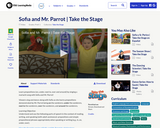
Learn prepositions (on, under, next to, over and around) by singing a mariachi song with Sofia and Mr. Parrot!
Viewers sing and dance along with Sofia as she learns prepositions demonstrated by Mr. Parrot being on the sombrero, under the sombrero, next to the sombrero, over the sombrero, and around the sombrero.
Learning Objective:
Understand and use the following parts of speech in the context of reading, writing, and speaking (with adult assistance): prepositions and simple prepositional phrases appropriately when speaking or writing (e.g., in, on, under, over).

This course uses the study of rhetoric as an opportunity to offer instruction in critical thinking. Through extensive writing and speaking assignments, students will develop their abilities to analyze texts of all kinds and to generate original and incisive ideas of their own. Critical thinking and original analysis as expressed in writing and in speech are the paramount goals of this class. The course will thus divide its efforts between an examination of the subject matter and an examination of student writing and speaking, in order to encourage in both instances the principal aims of the course.
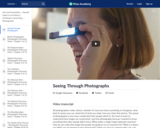
In our new, free online course, “Seeing Through Photographs,” curator Sarah Meister speaks with artists and scholars to reveal the many different factors that inform the making of a photograph.
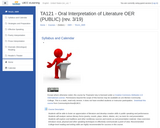
Students will be able to foster an appreciation of literature and develop creative skills in public speaking and performance. Students will analyze various literary forms (poetry, novels, plays, letters, diaries, etc.) as texts for oral presentation. Students will explore oral traditions and other nonliterary sources and events as oral presentation material. Class exercises introduce vocal, physical and other speaking techniques to effectively communicate a point of view. Recommended: College-level reading and writing skills are highly recommended for success in this course.
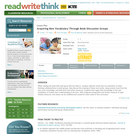
This lesson employs direct instruction and small-group discussion to help students learn new vocabulary skills while reading Patricia Polacco's "Pink and Say".
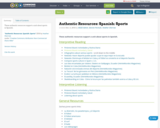
These authentic resources support a unit about sports in Spanish.
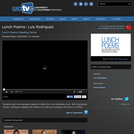
Dynamic poet Luis Rodriguez speaks of Urban Life in an accessible voice. With charismatic energy, Rodriguez engages the audience by telling his poignant life stories. (27 minutes)
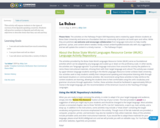
This activity will expose students to the types of currency from Spanish speaking countries. Students will practice numbers in Spanish and will also use adjectives to describe items that they can sell and buy.
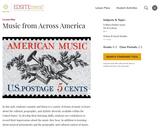
Students examine and listen to a variety of forms of music to learn about the cultural, geographic, and stylistic diversity available within the United States.

Integrated ELA and Social Studies Unit incorporating Washington State's Since Time Immemorial content. Students learn native values in plant care, the oral tradition of storytelling and share and celebrate their learning.